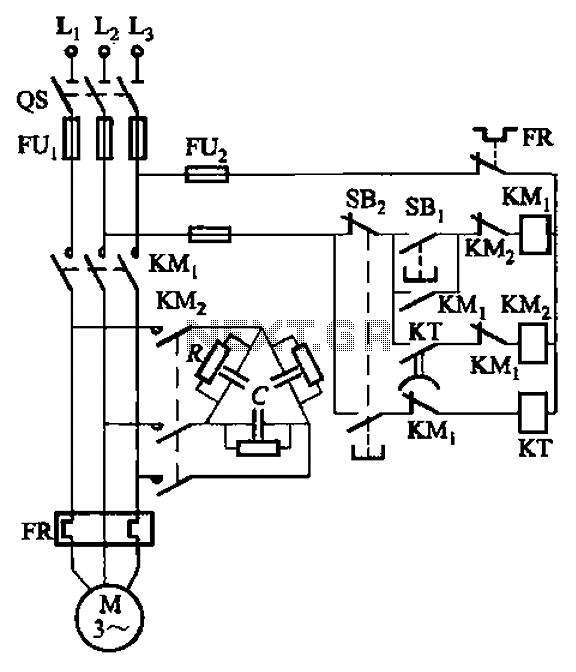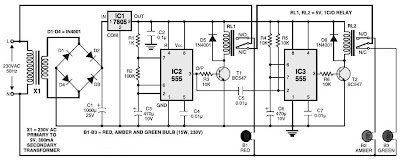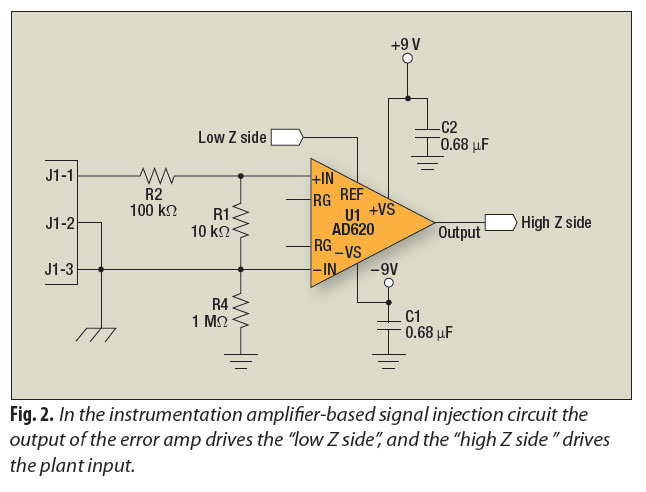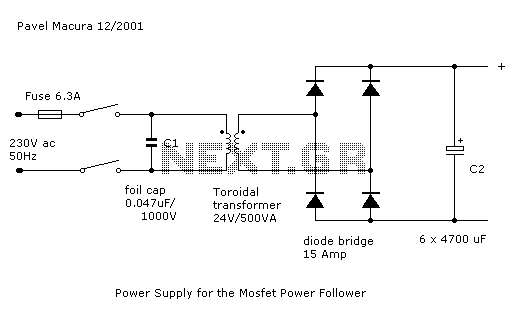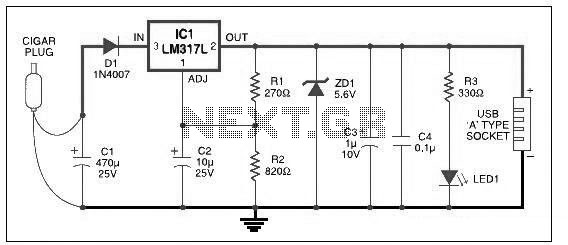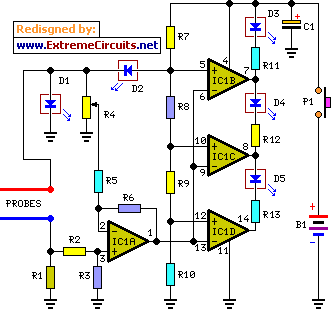
Hi-fi tone control circuit
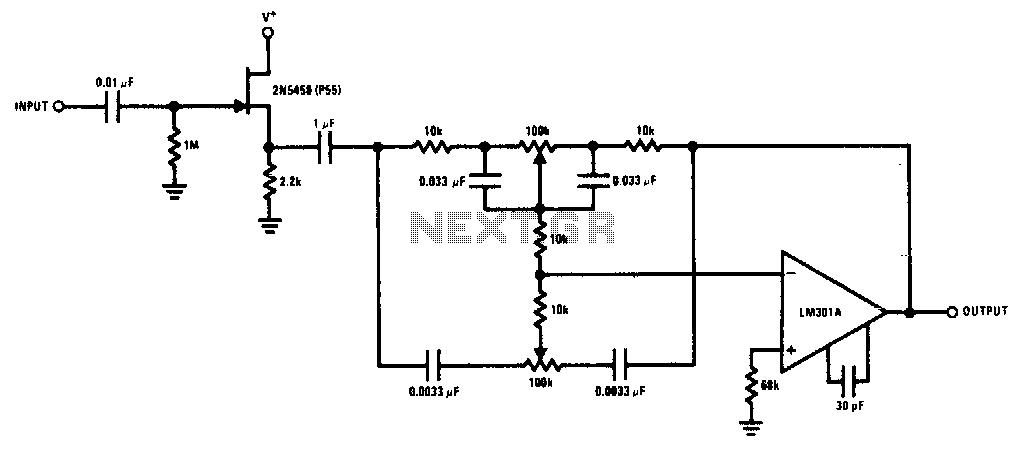
The 2N5458 JFET offers high input impedance and low noise characteristics, making it suitable for buffering an operational amplifier feedback tone control circuit.
The 2N5458 is a Junction Field Effect Transistor (JFET) known for its superior electrical characteristics, particularly in applications requiring high input impedance and low noise levels. When utilized in a feedback tone control circuit of an operational amplifier (op-amp), the 2N5458 serves as a buffer, effectively isolating the op-amp from the load while maintaining signal integrity.
In such a configuration, the high input impedance of the 2N5458 minimizes the loading effect on the preceding stage, ensuring that the signal source is not adversely affected by the circuit. This is particularly important in audio applications where signal fidelity is crucial. Additionally, the low noise characteristics of the 2N5458 contribute to a cleaner signal path, reducing unwanted noise and distortion in the audio output.
The typical configuration would involve connecting the source terminal of the 2N5458 to the output of the op-amp, while the gate terminal is connected to the feedback network of the tone control circuit. The drain terminal would then be connected to the load or the next stage in the circuit. Proper biasing of the JFET is essential to ensure optimal performance, which can be achieved through resistor networks or voltage divider configurations.
In summary, the integration of the 2N5458 JFET in an op-amp feedback tone control circuit enhances the overall performance by providing high input impedance and low noise, thereby ensuring high-quality audio signal processing.The 2N5458 JFET provides the function of a high input impedance and low noise characteristics to buffer an op amp feedback tone control circuit.
The 2N5458 is a Junction Field Effect Transistor (JFET) known for its superior electrical characteristics, particularly in applications requiring high input impedance and low noise levels. When utilized in a feedback tone control circuit of an operational amplifier (op-amp), the 2N5458 serves as a buffer, effectively isolating the op-amp from the load while maintaining signal integrity.
In such a configuration, the high input impedance of the 2N5458 minimizes the loading effect on the preceding stage, ensuring that the signal source is not adversely affected by the circuit. This is particularly important in audio applications where signal fidelity is crucial. Additionally, the low noise characteristics of the 2N5458 contribute to a cleaner signal path, reducing unwanted noise and distortion in the audio output.
The typical configuration would involve connecting the source terminal of the 2N5458 to the output of the op-amp, while the gate terminal is connected to the feedback network of the tone control circuit. The drain terminal would then be connected to the load or the next stage in the circuit. Proper biasing of the JFET is essential to ensure optimal performance, which can be achieved through resistor networks or voltage divider configurations.
In summary, the integration of the 2N5458 JFET in an op-amp feedback tone control circuit enhances the overall performance by providing high input impedance and low noise, thereby ensuring high-quality audio signal processing.The 2N5458 JFET provides the function of a high input impedance and low noise characteristics to buffer an op amp feedback tone control circuit.
